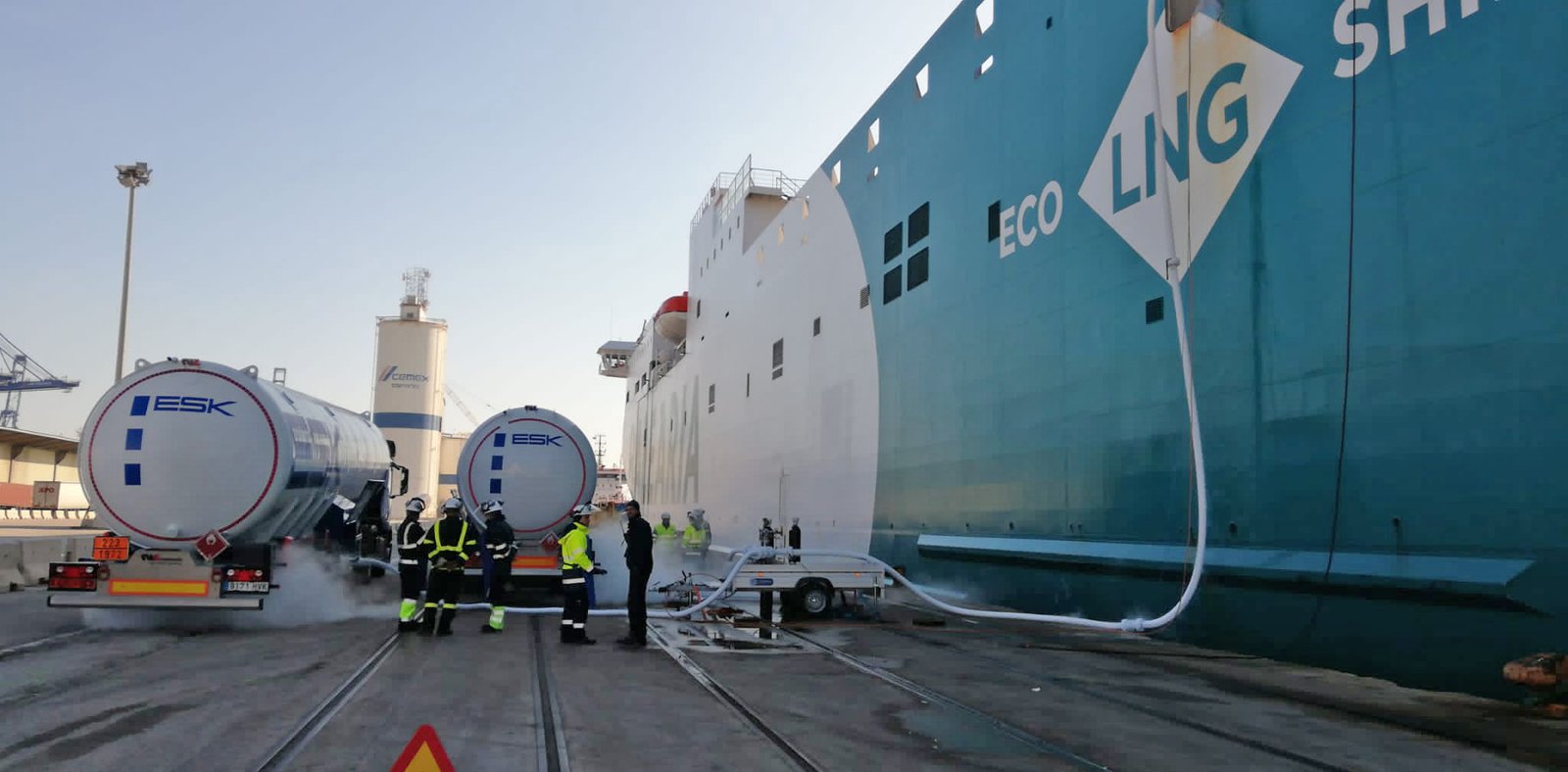| Introduction The LNG Bunkering Market has become a critical segment within the maritime and shipping industry as global regulations push for cleaner fuels to reduce carbon emissions. LNG (Liquefied Natural Gas) is emerging as an alternative to conventional marine fuels such as heavy fuel oil and diesel, offering significant reductions in sulfur oxides, nitrogen oxides, and particulate matter. The increasing adoption of LNG as a marine fuel is driven by environmental policies, rising fuel costs, and the global push towards sustainability in shipping operations. Market Drivers The primary driver of the LNG bunkering market is the International Maritime Organization’s (IMO) regulations, particularly the 2020 sulfur cap, which limits sulfur content in marine fuels to 0.5%. LNG meets these stringent requirements, making it an attractive option for shipping companies looking to comply without retrofitting existing vessels extensively. Growing awareness about environmental sustainability and carbon footprint reduction is another key driver. Shipping companies are under increasing pressure from stakeholders, governments, and consumers to adopt cleaner fuels. LNG, with its lower emissions profile, aligns with global decarbonization goals. The expansion of global trade and maritime traffic further fuels demand for LNG bunkering. Ports are investing in LNG infrastructure to cater to the growing fleet of LNG-powered vessels. Technological innovations in LNG storage, transport, and bunkering operations also enhance feasibility and safety, driving market adoption. Market Challenges Despite its advantages, the LNG bunkering market faces certain challenges. High initial infrastructure costs for LNG storage, bunkering facilities, and supply chains can deter investment. The operational complexity of handling LNG, which requires cryogenic storage and specialized safety protocols, adds to the challenge. Limited availability of LNG bunkering ports in certain regions remains a constraint, restricting widespread adoption. Furthermore, price volatility of natural gas can affect operational costs, making LNG a less predictable option compared to traditional marine fuels. Regulatory uncertainty in emerging markets also poses challenges for investors and operators. Opportunities The LNG bunkering market offers immense opportunities as global shipping moves towards cleaner fuels. Expansion of LNG-fueled vessel fleets, including ferries, container ships, and tankers, presents significant demand potential. Investments in small-scale LNG terminals and bunkering solutions can cater to regional shipping needs efficiently. Emerging markets in Asia-Pacific, particularly China, Singapore, and Japan, are expected to witness rapid growth in LNG bunkering infrastructure. Additionally, hybrid solutions integrating LNG with battery systems or other alternative fuels present opportunities for innovative applications. Governments offering incentives and subsidies for clean energy adoption further enhance market growth prospects. Regional Insights Europe leads the LNG bunkering market due to stringent emission regulations and well-established maritime infrastructure. The Netherlands, Norway, and Belgium have emerged as key LNG bunkering hubs, supporting the growing number of LNG-fueled vessels. Asia-Pacific is witnessing accelerated growth with major ports like Singapore, Shanghai, and Yokohama investing heavily in LNG bunkering infrastructure. Japan and South Korea are actively expanding LNG supply chains to serve domestic and regional shipping operations. North America is gradually adopting LNG as a marine fuel, with the U.S. Gulf Coast and Canada developing LNG bunkering facilities to meet increasing demand. The Middle East is exploring LNG as a strategic alternative fuel for its shipping fleets, especially in the Persian Gulf region. Future Outlook The future of the LNG bunkering market is highly promising, driven by environmental regulations, technological advancements, and growing global trade. The adoption of LNG as a marine fuel will continue to rise, with infrastructure expansion across key ports worldwide. Integration with renewable energy solutions and hybrid marine technologies will enhance efficiency and reduce emissions further. As governments push for sustainable shipping, LNG bunkering is expected to play a critical role in decarbonizing the maritime sector. Strategic investments, public-private partnerships, and international cooperation will be pivotal in realizing the market’s full potential. Conclusion The LNG Bunkering Market is poised for significant growth as shipping companies transition to cleaner fuels. Despite challenges such as high infrastructure costs and operational complexities, opportunities in emerging markets, technological innovation, and regulatory support make LNG a sustainable choice for the maritime industry. With a strong focus on emission reduction and sustainable energy adoption, LNG bunkering is set to become a cornerstone of future maritime operations. |
